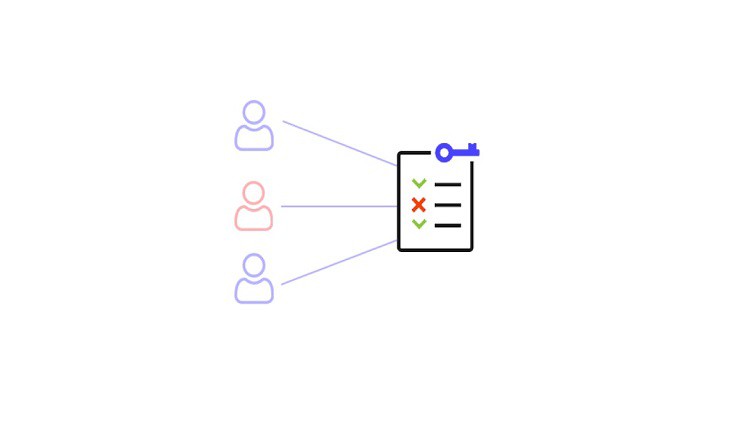Mastering ACLs: Configuration and Security by Arash Deljoo
RACL, VACL & PACL: Concepts, Configuration, and Verification Explained
5.00 (11 reviews)

281
students
4.5 hours
content
Feb 2025
last update
$74.99
regular price
What you will learn
Standard Router Access Control List (RACL) Concepts , Configuration and Verification
Extended Router Access Control List (RACL) Concepts , Configuration and Verification
Port Access Control List (PACL) Concepts , Configuration and Verification
VLAN Access Control List (VACL) Concepts , Configuration and Verification
PACL , VACL and RACL Interaction
Related Topics
5268672
udemy ID
4/12/2023
course created date
4/16/2023
course indexed date
Bot
course submited by